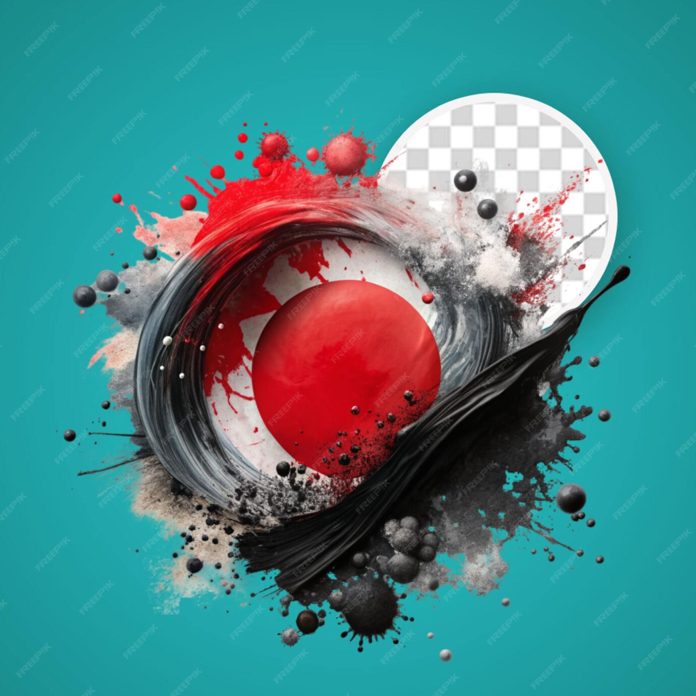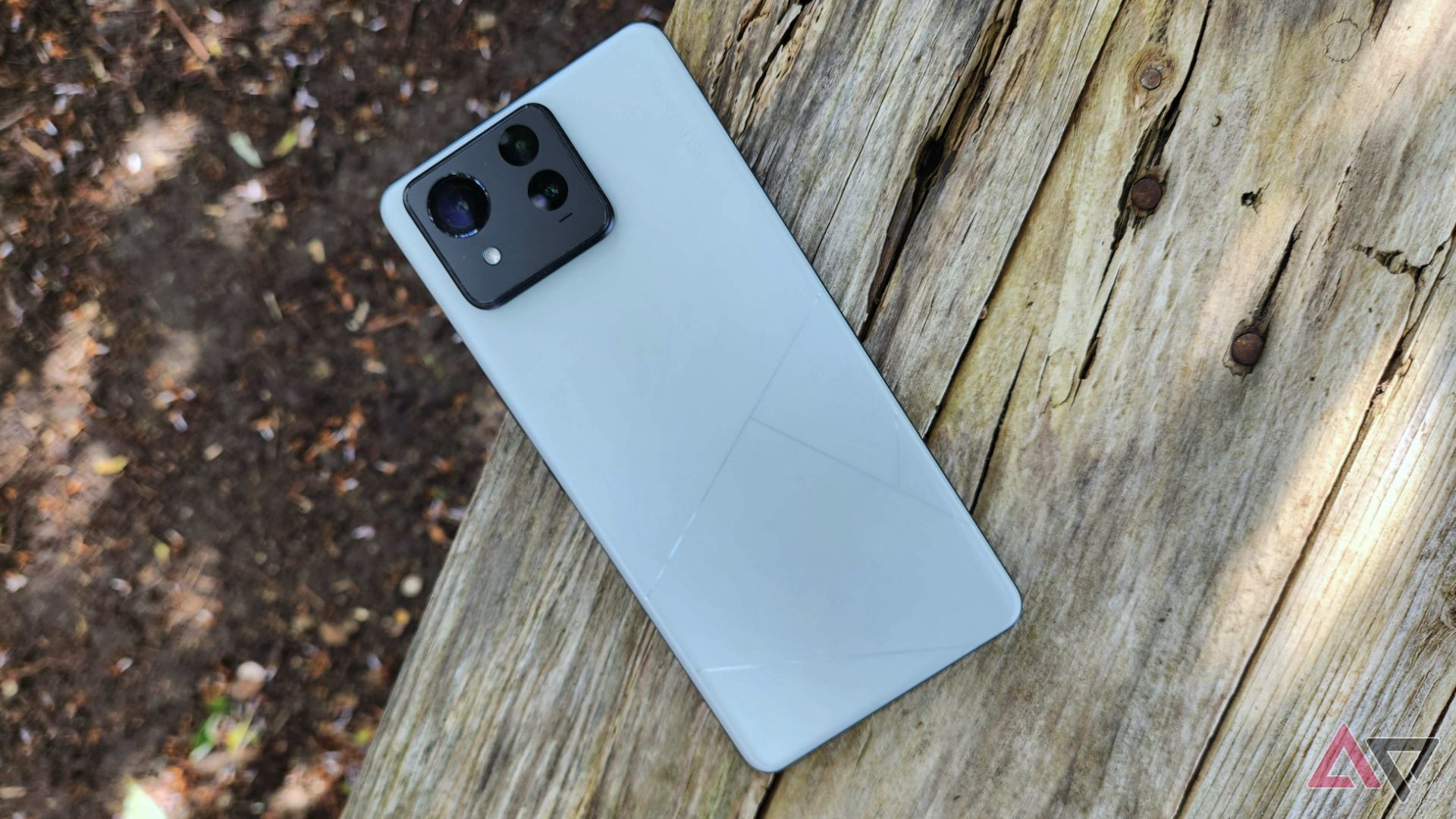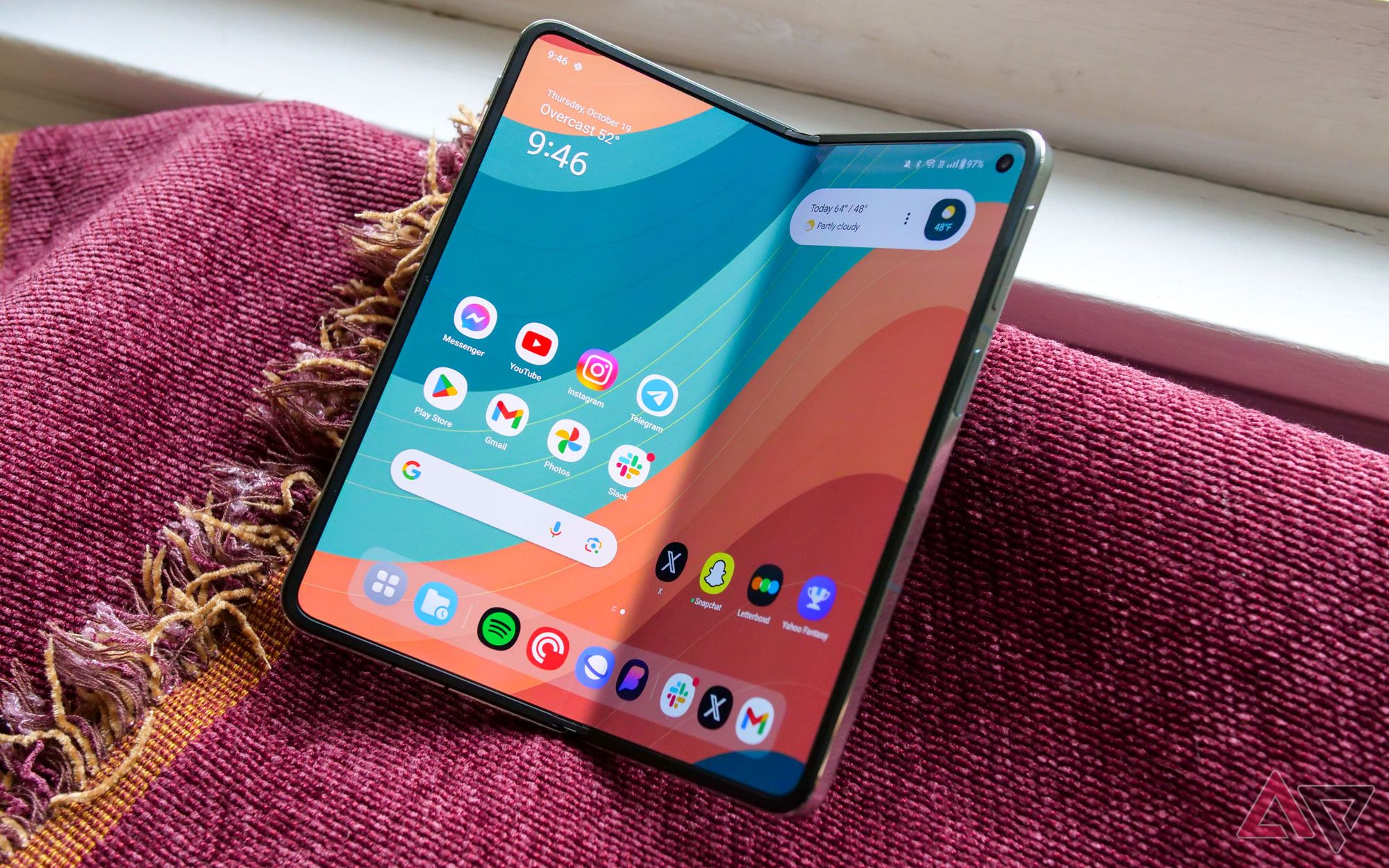No Thanks, Keep Reading
The appeal of a larger phone goes beyond just size. A bigger screen means more immersive gaming, easier-to-read text, and enhanced multitasking. Larger phones also pack bigger batteries, offering extended usage, and come equipped with powerful chipsets to handle demanding tasks with ease, making them some of the best Android phones around.
On top of that, they often house the best camera systems, thanks to the extra space for advanced components like high-zoom periscope lenses and larger sensors for improved low-light performance. In short, whatever you’re looking for in a larger phone, there’s one out there designed to meet your needs. So if you’re struggling to decide which phone to pick up, we’ve put together a list of the best large phones around.
Big phones with no compromises
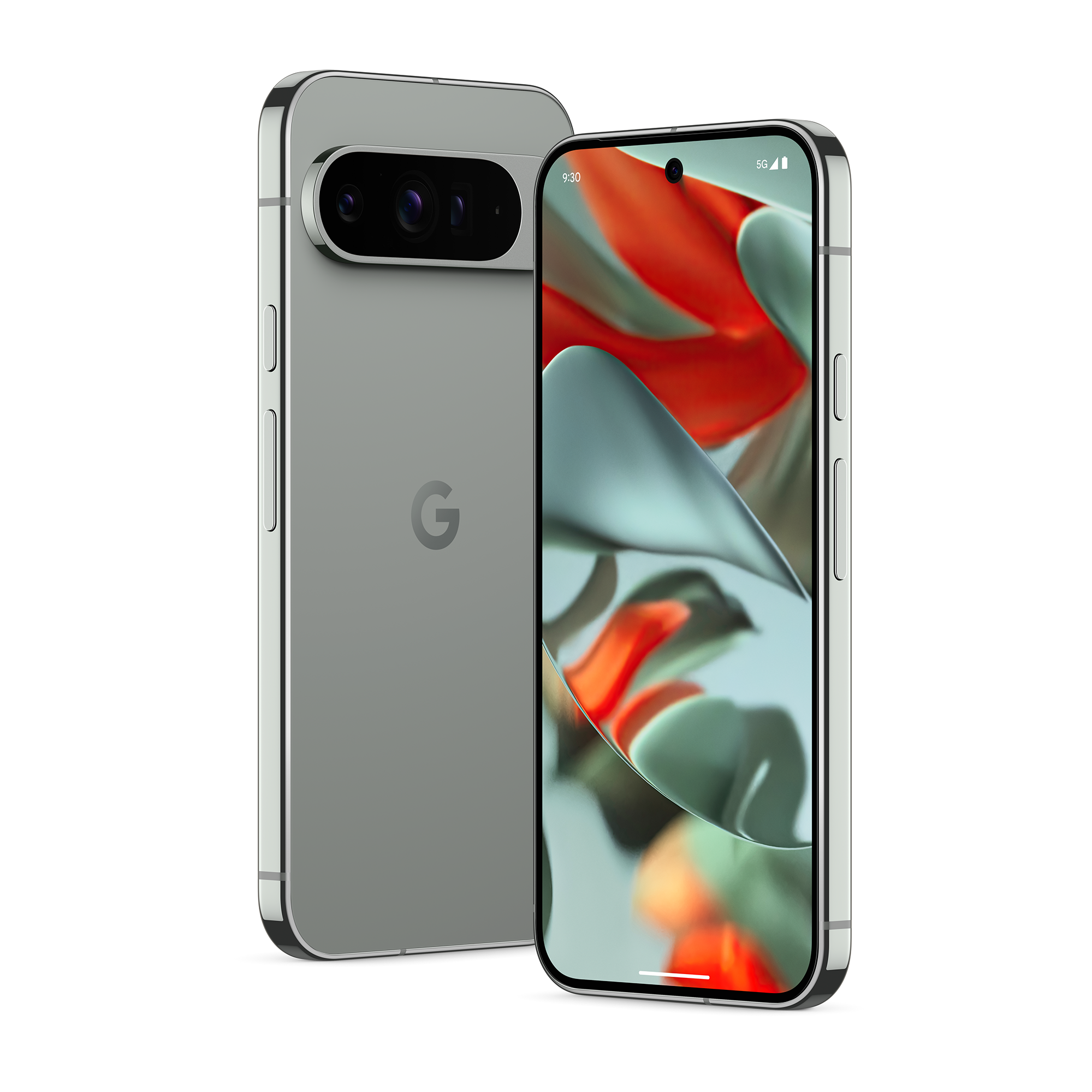
Google Pixel 9 Pro XL
Bigger, faster, smarter
The Pixel 9 Pro XL takes everything good about the Pixel 8 series and improves it further. The brand-new design builds on the Pixel 8’s identity while the upgraded cameras deliver best-in-class images. The build quality has also got a serious upgrade. Coupled with Gemini AI smarts, Google’s latest smartphone is an excellent bet for most users.
- Excellent design and build quality
- Signficantly improved thermals and battery life
- Interesting AI-features
- Unimpressive gaming performance
- Slow charging speeds
The recently released Pixel 9 Pro XL isn’t just Google’s best Pixel yet, but easily ranks as one of the best phones in the business. The upgraded design, thermals, and battery life all come together to elevate the user experience in meaningful ways.
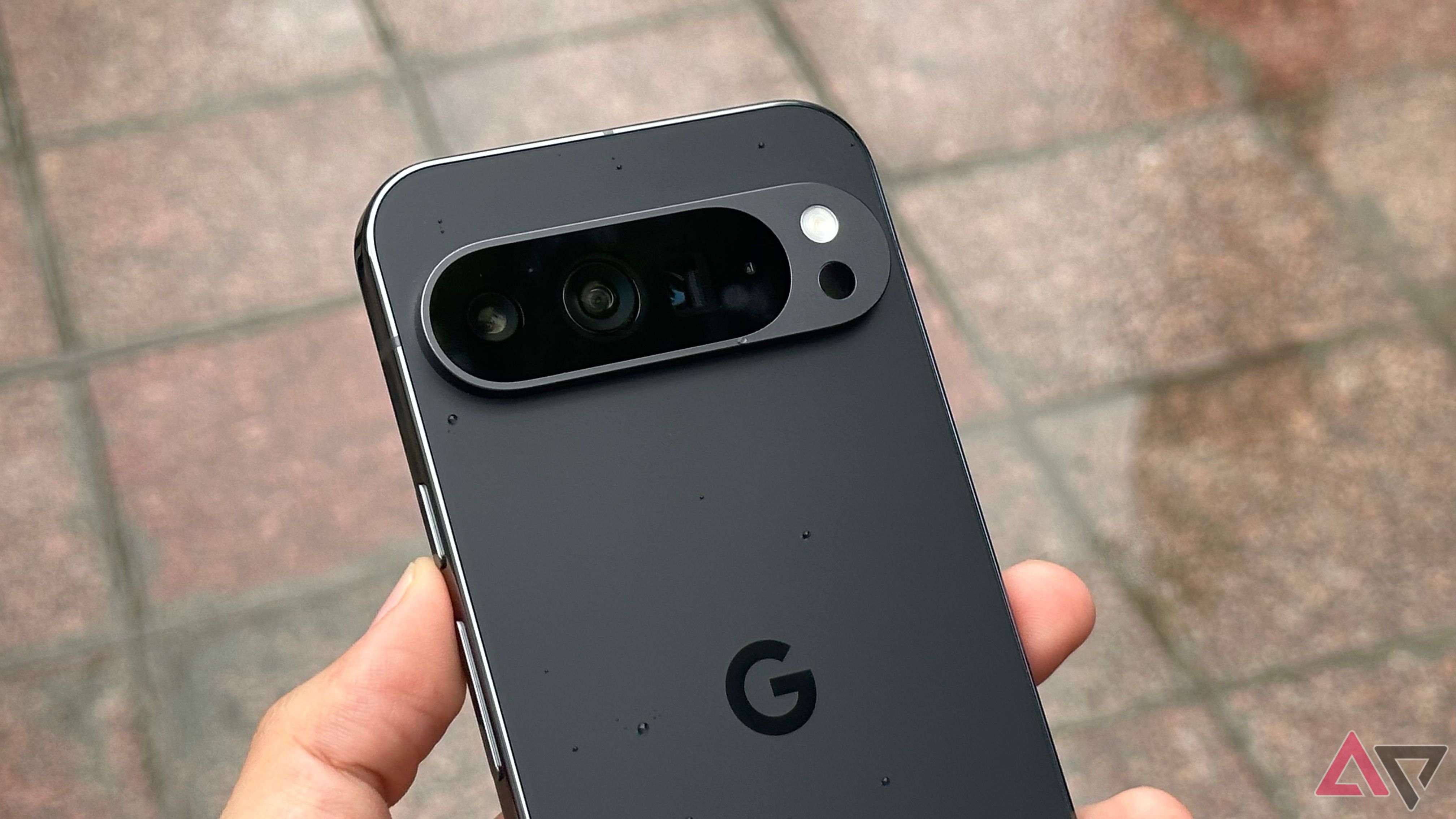
This year, the Pixel 9 Pro XL has eliminated many of our complaints about the lineup. The performance has been vastly improved, though it still can’t keep up with the best when it comes to gaming. In our Pixel 9 Pro review, we found the build quality to be as good as it gets, even though it feels inspired by the iPhone; the Pixel 9 Pro XL is exactly the same, just bigger. The upgraded Super Actua display delivers the goods with brightness levels that can keep up with the sunniest of days.
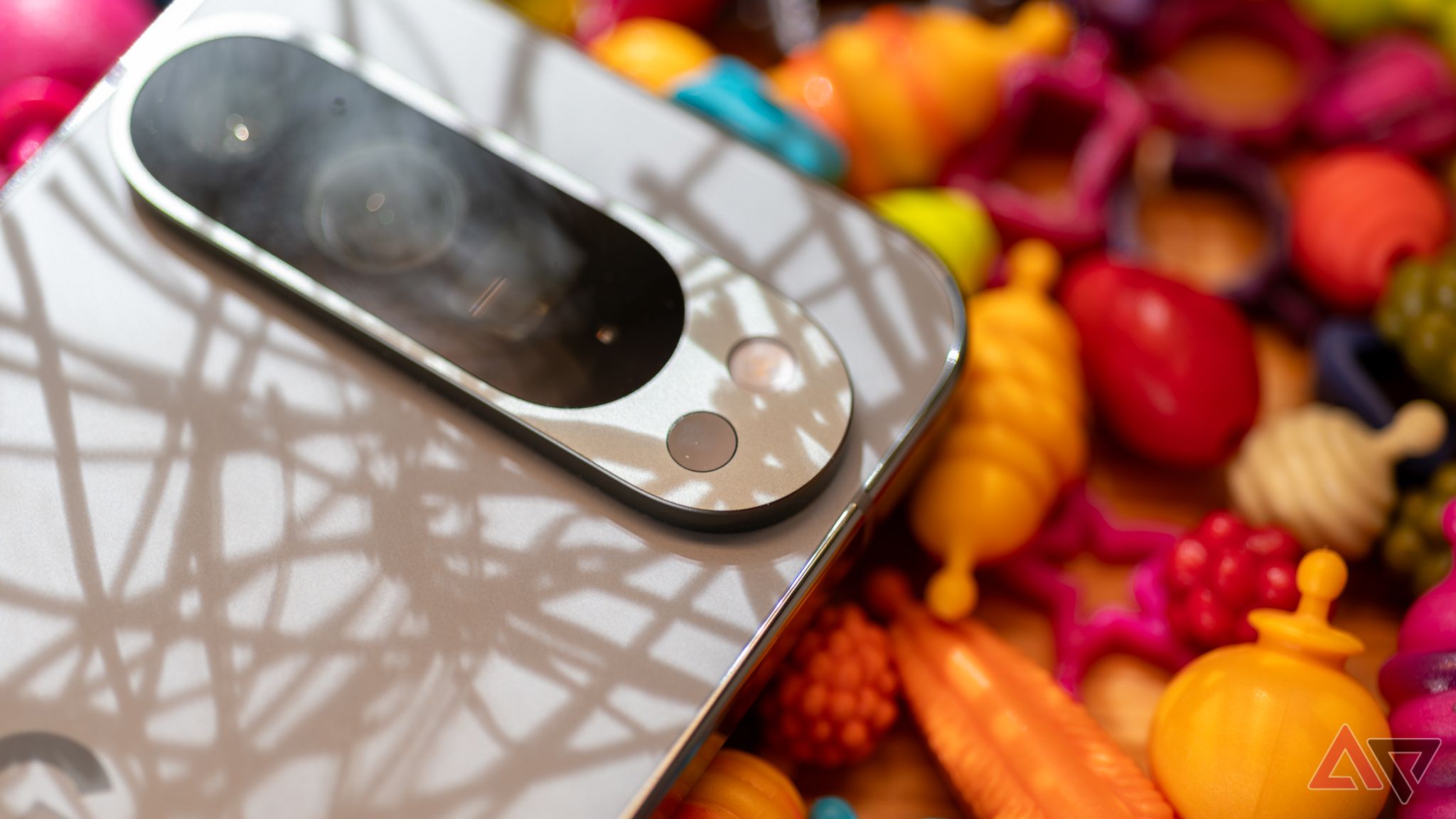
Related
Google Pixel 9 Pro XL review: The best big Android phone
Google’s big flagship earns its $100 price bump and then some
Google is doubling down on the AI experience as well, with useful additions to the camera experience and beyond. From the new weather app to the ability to sort screenshots using AI, and image creation using Pixel Studio, there’s a lot to unpack here. You can even add yourself to an image after taking a photograph.
Elsewhere, the Pixel Magic Editor gets improved features like the ability to reframe images and even zoom out of them. And of course, the core camera experience remains top-tier with improvements to image quality coming in from Google’s software rather than hardware.
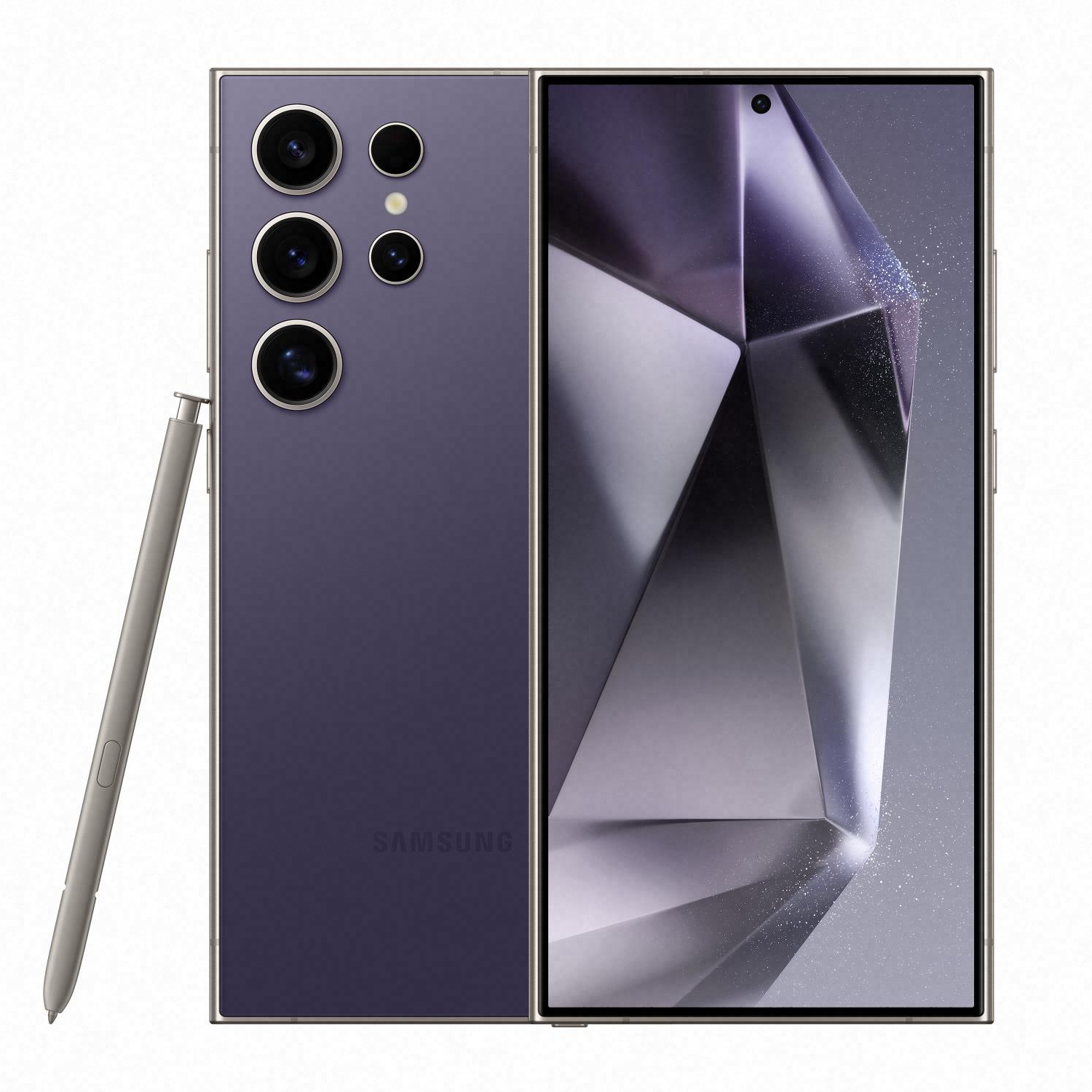
Samsung Galaxy S24 Ultra
The ultimate flagship
The Samsung Galaxy S24 Ultra continues the tradition of putting “premium” in high-end flagships. This year’s model features a titanium frame, an expansive and gorgeous flat touchscreen, and an unprecedented seven years of software updates. The optimized Snapdragon 8 Gen 3 chip can also handle anything you throw at it.
- The best display you can get
- A solid and versatile camera system
- Excellent performance and multi-day battery life
- Cameras struggle with motion
- Expensive
For those who want to go all out, Samsung’s Galaxy S24 Ultra is a nearly no-compromise smartphone that easily justifies its premium price tag. For one thing, you get the most powerful chip on the market today with Qualcomm’s Snapdragon 8 Gen 3 for Galaxy, a bespoke edition of the chip that’s optimized for Samsung’s smartphones, including its new suite of Galaxy AI features.
With all the power under the hood, there’s no app or game this phone can’t handle, to the point where we found ourselves disappointed that the Play Store doesn’t offer the kind of apps that really take advantage of its performance. Nevertheless, it’s a phone that should have you future-proofed for years to come.
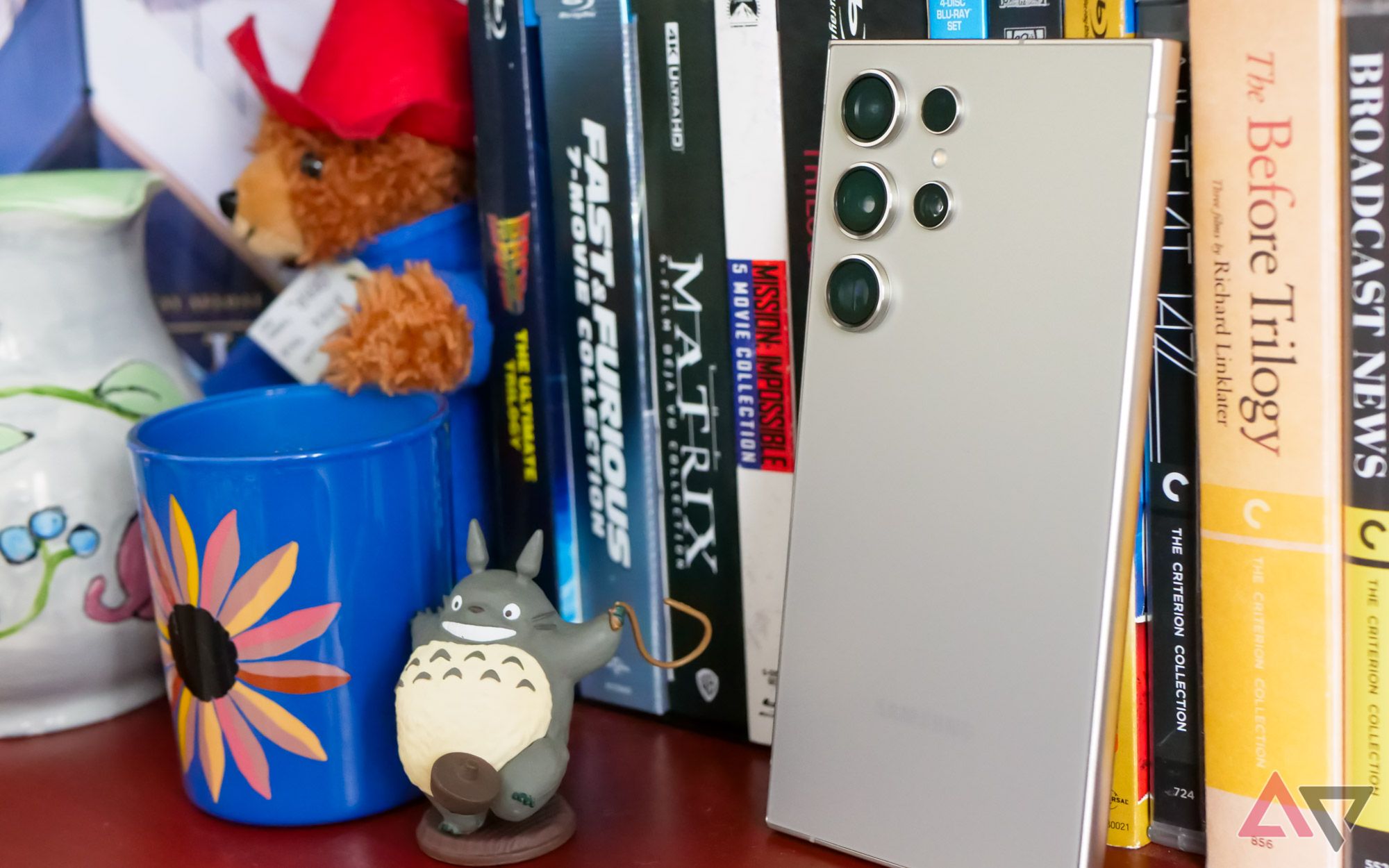
However, if the reason you’re shopping for a big phone is to get the most screen real estate possible, the Galaxy S24 Ultra doesn’t disappoint. At 6.8-inches, it’s among the largest you’ll find, but more importantly, Samsung has its own display division, and it reserves its best AMOLED panels for its flagships. Hence, it’s no surprise that the Galaxy S24 Ultra has the best display you’ll find on any smartphone today.
Samsung also has a few new tricks up its sleeves for this year’s S24 Ultra. In addition to the titanium frame, which adds a flair of elegance, Corning’s new Gorilla Armor glass is both more durable and less reflective. That lets you get even more out of that 2,600-nit screen, and we found it made a huge difference compared to other phones using Victus 2 glass — even some with ostensibly brighter displays.
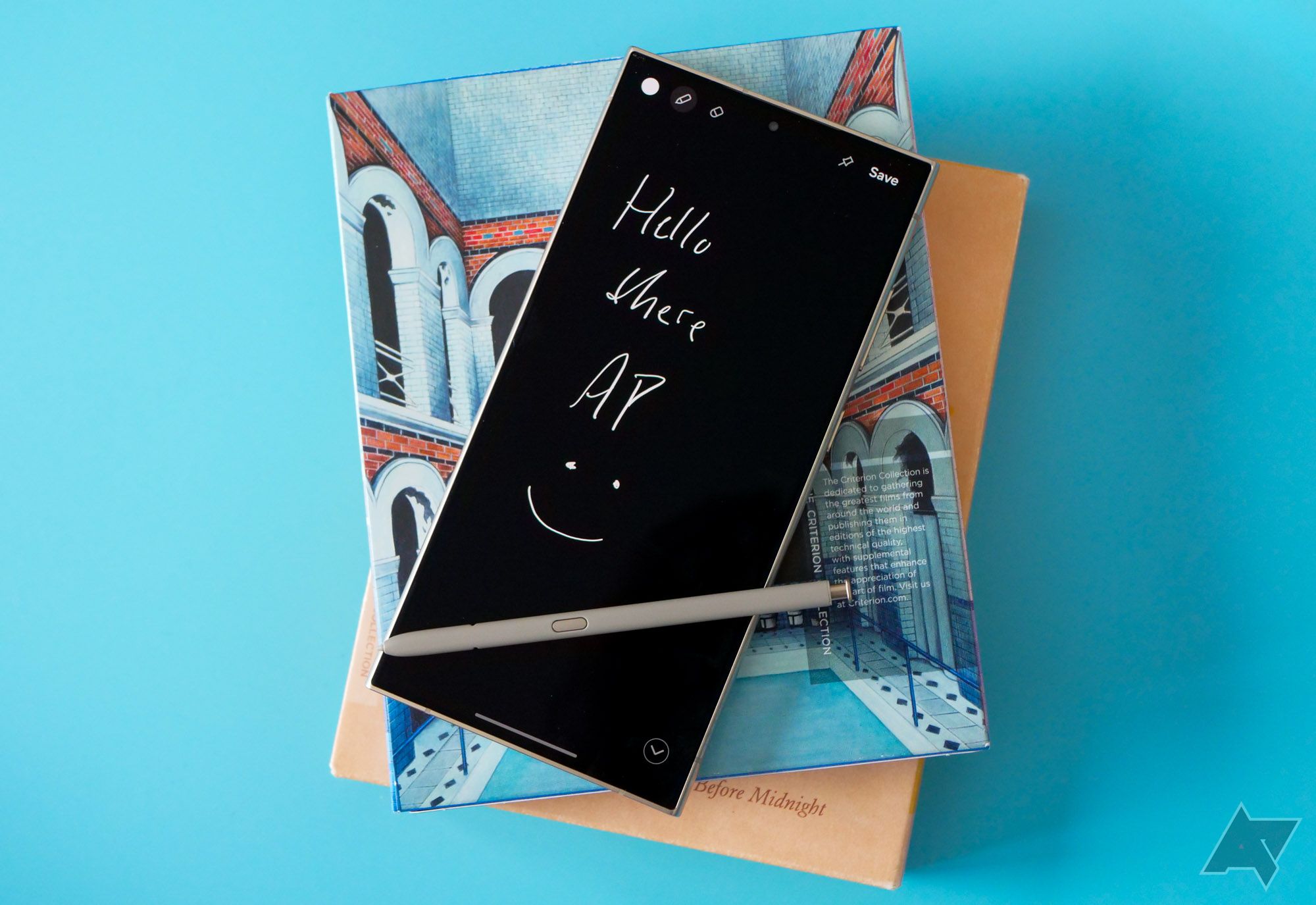
Read Our Review
The Samsung Galaxy S24 Ultra is still the best, unless you take photos
Samsung’s latest phablet feels like a do-over
The other thing that sets the Galaxy S24 Ultra apart is the S Pen. A stylus seems like something made to go along with one of the largest phones on the market — after all, Samsung’s Ultra lineup is the evolution of its Galaxy Note series — and it fits right in on the S24 Ultra. Of course, not everyone wants a stylus, but if you’re a fan of the concept, this is the big phone to buy.
If there’s one area the Galaxy S24 Ultra stumbles a bit, it’s in the cameras. Samsung’s most advanced camera system can produce great photos, and it’s got every zoom factor you could want, but we found that the phone still struggles with motion and shutter speed; you’ll get stunning photos of pastoral scenes and still or slow-moving subjects, but all bets are off for action shots.
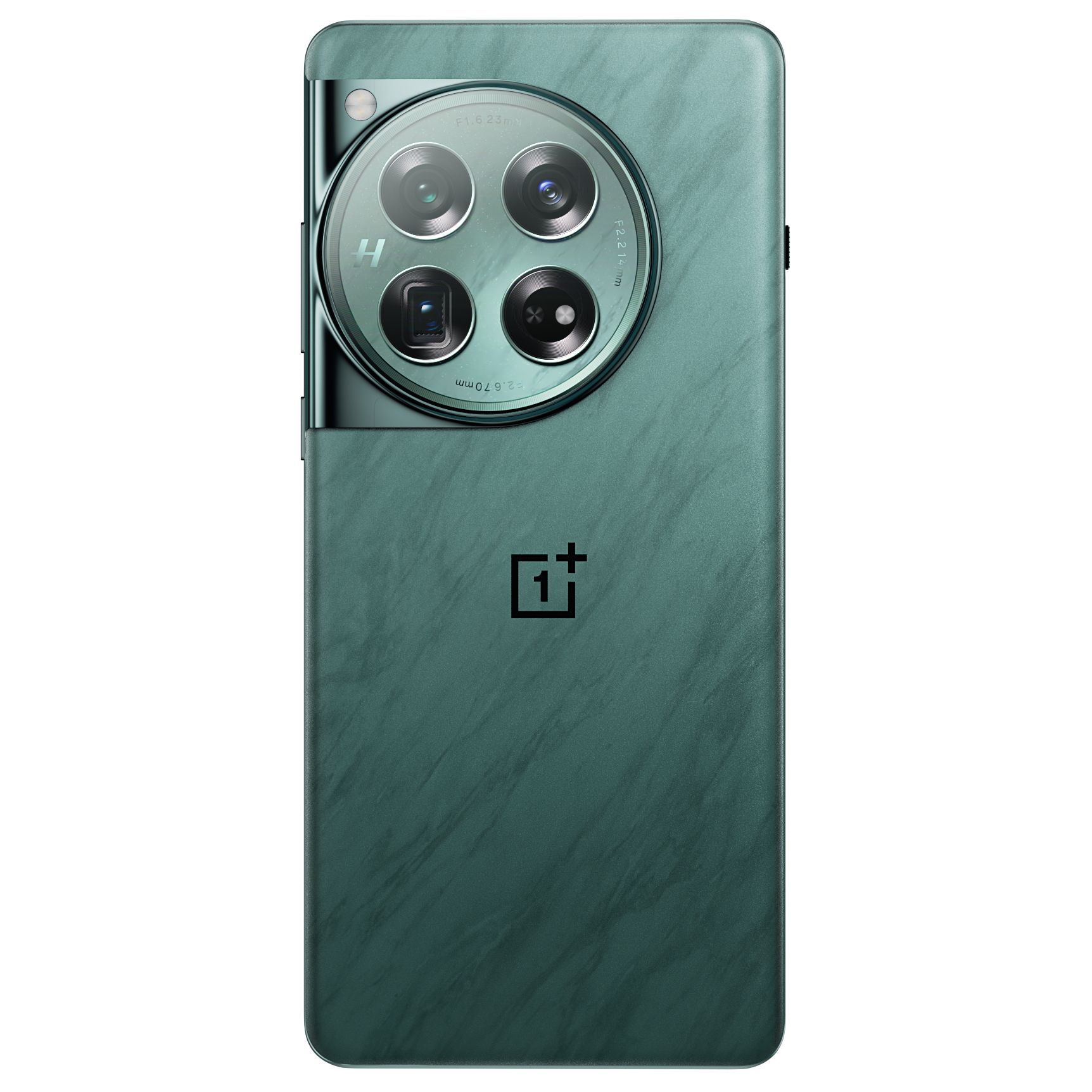
OnePlus 12
Checks all the right boxes
The OnePlus 12 delivers incredible value, considering that it packs in the same powerful Snapdragon 8 Gen 3 chip as pricier flagships, along with a vibrant and very bright 6.82-inch display. The elegant design boasts a Hasselblad-tuned camera system and wired and wireless charging speeds that are among the fastest you’ll find on any smartphone.
- Excellent performance with a fantastic display
- A highly competent camera system
- Great battery life and super-fast charging
- OxygenOS isn’t for everyone
- Can’t buy at carrier stores
Take one look at the OnePlus 12, and you’ll wonder how such a great-looking smartphone can possibly be a value pick. That just goes to prove that “affordable” doesn’t always mean “boring.”
OnePlus has always been known for its bolder and more opinionated phone designs, and there’s no mistaking the OnePlus 12 for any other smartphone. Recent models have adopted a distinctive rounded camera array that’s worthy of its Hasselblad branding, and the latest model refines that to a more elegant level.
A stylized “H” replaces the full “Hasselblad” word mark, and the metal ring around the outside gives it the feel of a classic watch. The Silky Black and Flowy Emerald colors are also gorgeous.
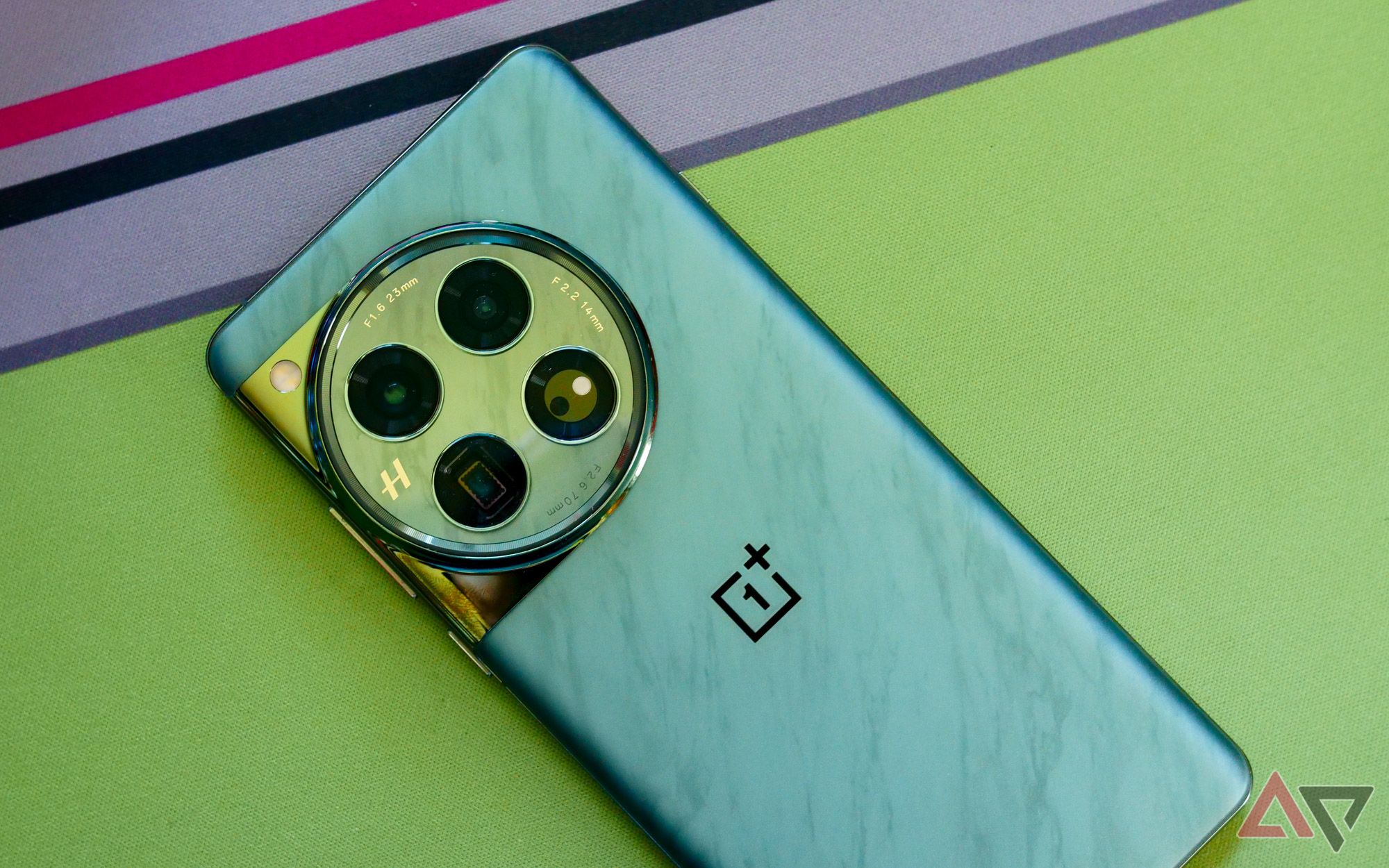
Under the hood, the OnePlus 12 packs in virtually the same Snapdragon 8 Gen 3 chip as other flagships, which means there’s performance to spare. However, the enthusiast brand has eschewed AI features for now, preferring to focus on raw performance instead, and there’s plenty of that to go around. Expect this phone to handle anything you can throw at it for the next few years.
The front display is a 6.8-inch AMOLED LTPO 1440p panel that reaches an eyeball-searing (and arguably unnecessary) brightness of 4,500 nits. However, what’s more useful here is its support for 2,160Hz pulse width modulation (PWM) dimming, which puts the display in a league of its own for folks who get headaches from looking at flickering OLED screens.
To put that in context, most other smartphones top out at 492Hz PWM dimming, and quite a few are half that.
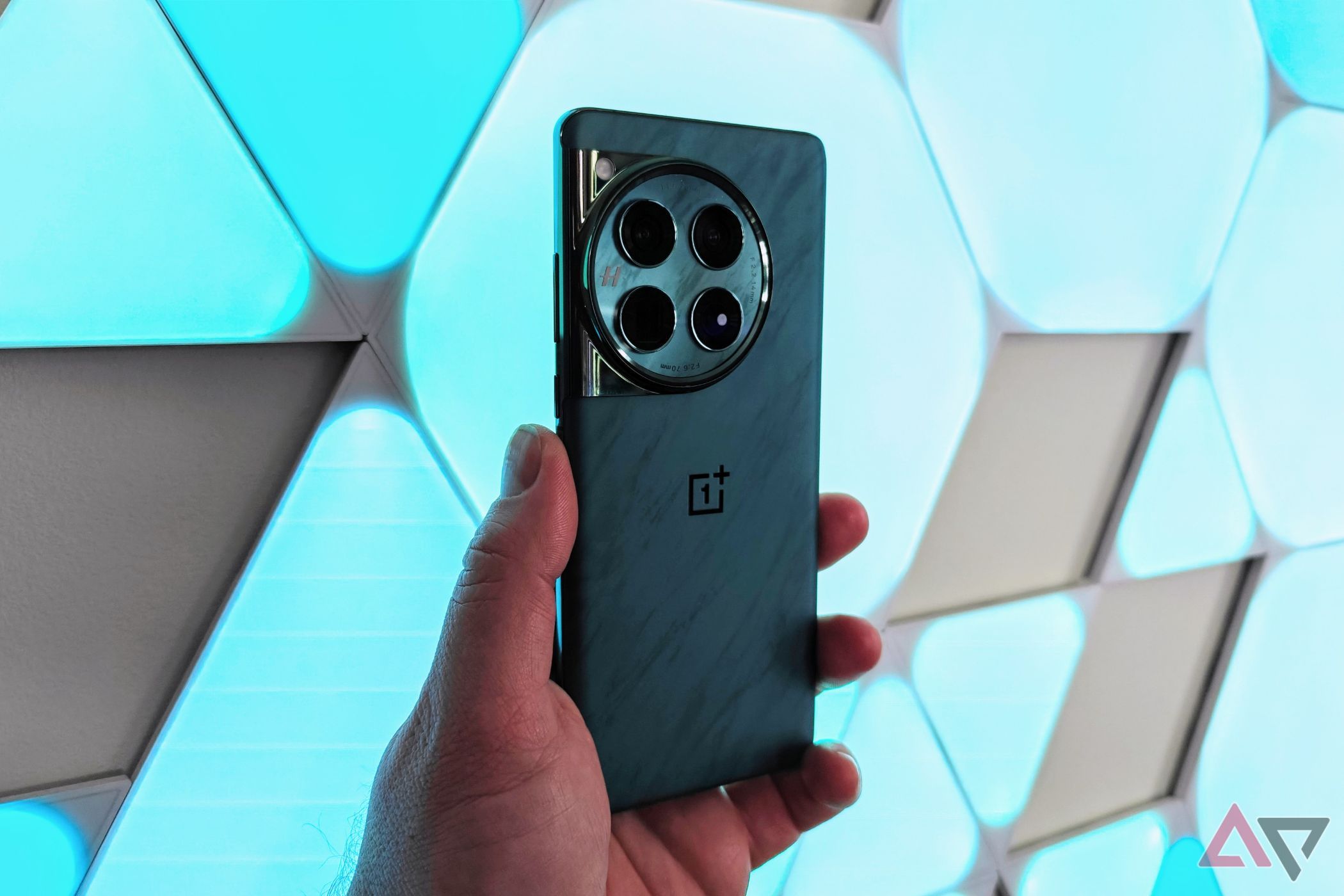
Read our Review
OnePlus 12 review: All flagship, no AI
This phone leaves nothing on the table, making for a truly complete package
While OnePlus may not be the first company you think of when it comes to camera phones, its partnership with Hasselblad has resulted in cameras that are near-perfectly tuned for color balance and saturation.
It’s camera system also delivers bokeh and flare effects that resemble portraits taken from Hasselblad’s XCD 30mm and 65mm professional camera lenses. This is all backed up by a 50MP primary (wide) sensor, a 48MP ultrawide, and a 64MP periscope lens that offers a 3x optical zoom and a pixel-cropped 6x zoom.
However, OnePlus’ real claim to fame is delivering the fastest charging speeds on the market. The adapter that comes in the box provides 80W charging that will take the battery from dead to full in around 30 minutes. You can even get 50W wireless charging if you opt for OnePlus’ AirVOOC charger.
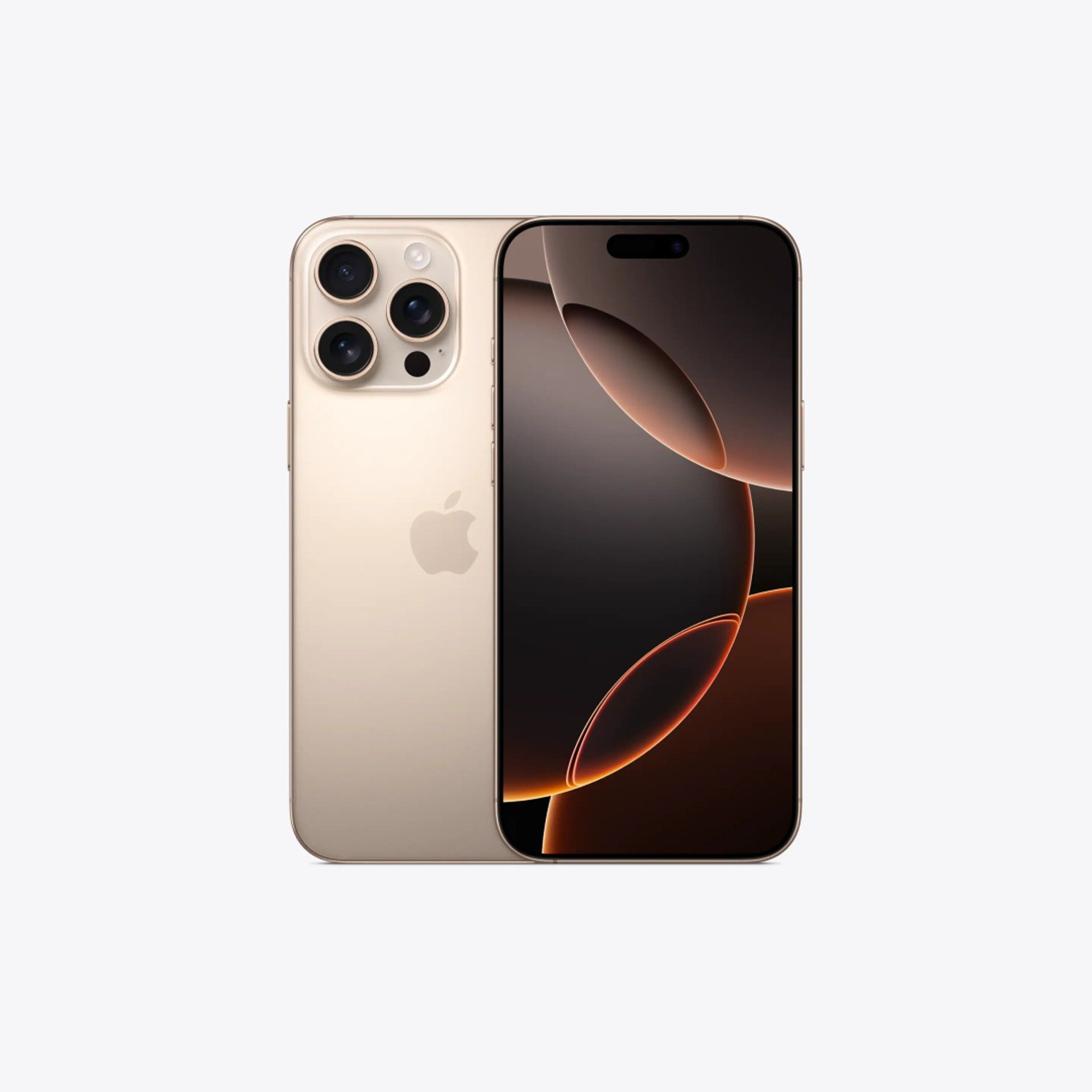
Apple iPhone 16 Pro Max
Powerful with a dash of AI
The iPhone 16 Pro Max boasts the powerful new A18 Pro chip paired with 8GB of RAM, delivering impressive raw performance. This year, the Pro Max grows even larger, now featuring a 6.9-inch Super Retina OLED display with a smooth 120Hz refresh rate. Apple Intelligence is making its debut, enhancing user experience with more intuitive Siri interactions and improved search capabilities within the Photos app.
- Dated but premium design
- Camera control and Action button can be useful tools
- All the performance you need
- Excellent cameras especially for video
- Dated design
- AI features feel tacked on
- Expensive
While iOS might feel like a step into the unknown for Android fans, Apple’s flagship has enough appeal to catch the eye of those considering a change. The iPhone 16 Pro Max and its accompanying iOS 18 upgrade are bringing some of the most Android-inspired changes we’ve seen from Apple in years.
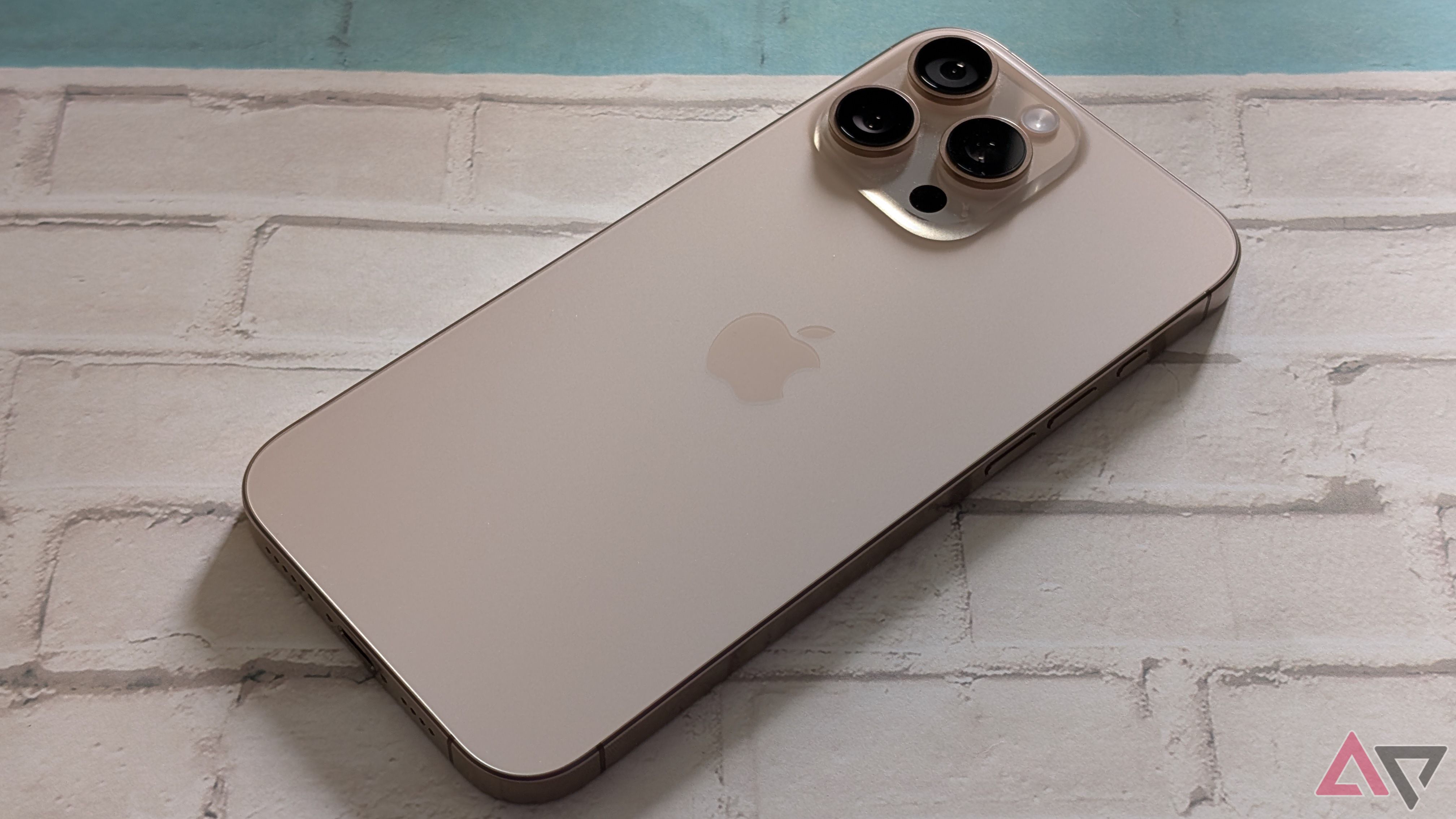
The iPhone 16 Pro Max is powered by the A18 Pro chip, which, when it comes to raw performance, could be the most powerful silicon in any smartphone. What truly makes the A18 Pro stand out is Apple’s success in getting developers to embrace it, particularly in the gaming space.
Between desktop-class games like Death Stranding and Assassin’s Creed running on the phone, and a powerful app library, the chipset is more than capable of keeping up with any use case you throw at it. And then there are the new AI features, most of which are only now beginning to roll out. From the ability to remove objects, to rewriting content, or create new images, there’s a lot to check out here.
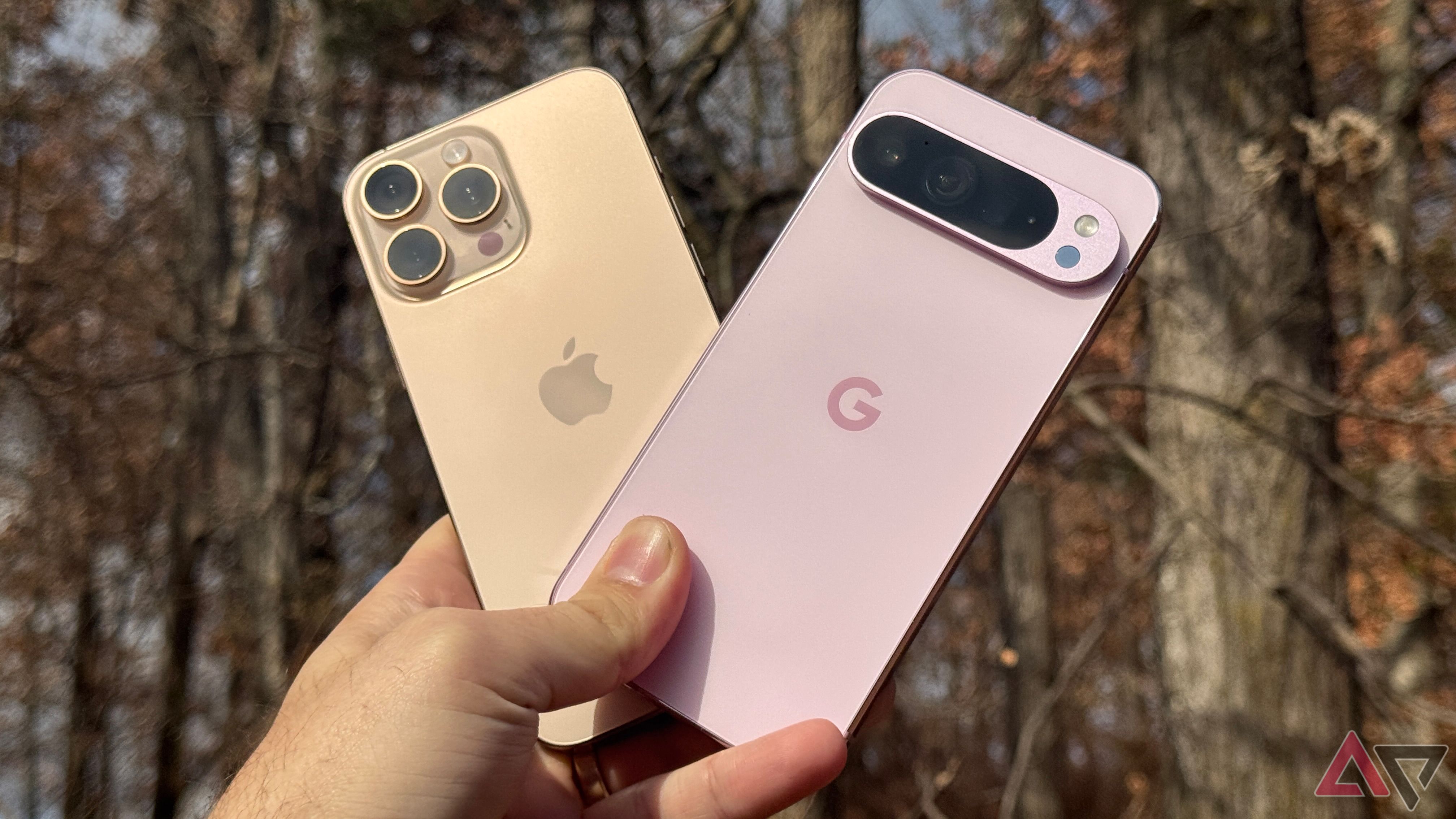
Check out our comparison
I used the Pixel 9 Pro XL and iPhone 16 Pro Max for a week: Here’s what I learned
Google’s put the work in
Elsewhere, when it comes to photography, the iPhone 16 Pro Max holds its own against the best Android cameras. This year, Apple gave the camera system Fuji-inspired filters that can be switched out on the fly, even after taking the shot, adding a dynamic new perspective to the photography experience.
However, despite all that, the phone is clearly an incremental upgrade over last year’s model and will make most sense for users coming in from much older phones.
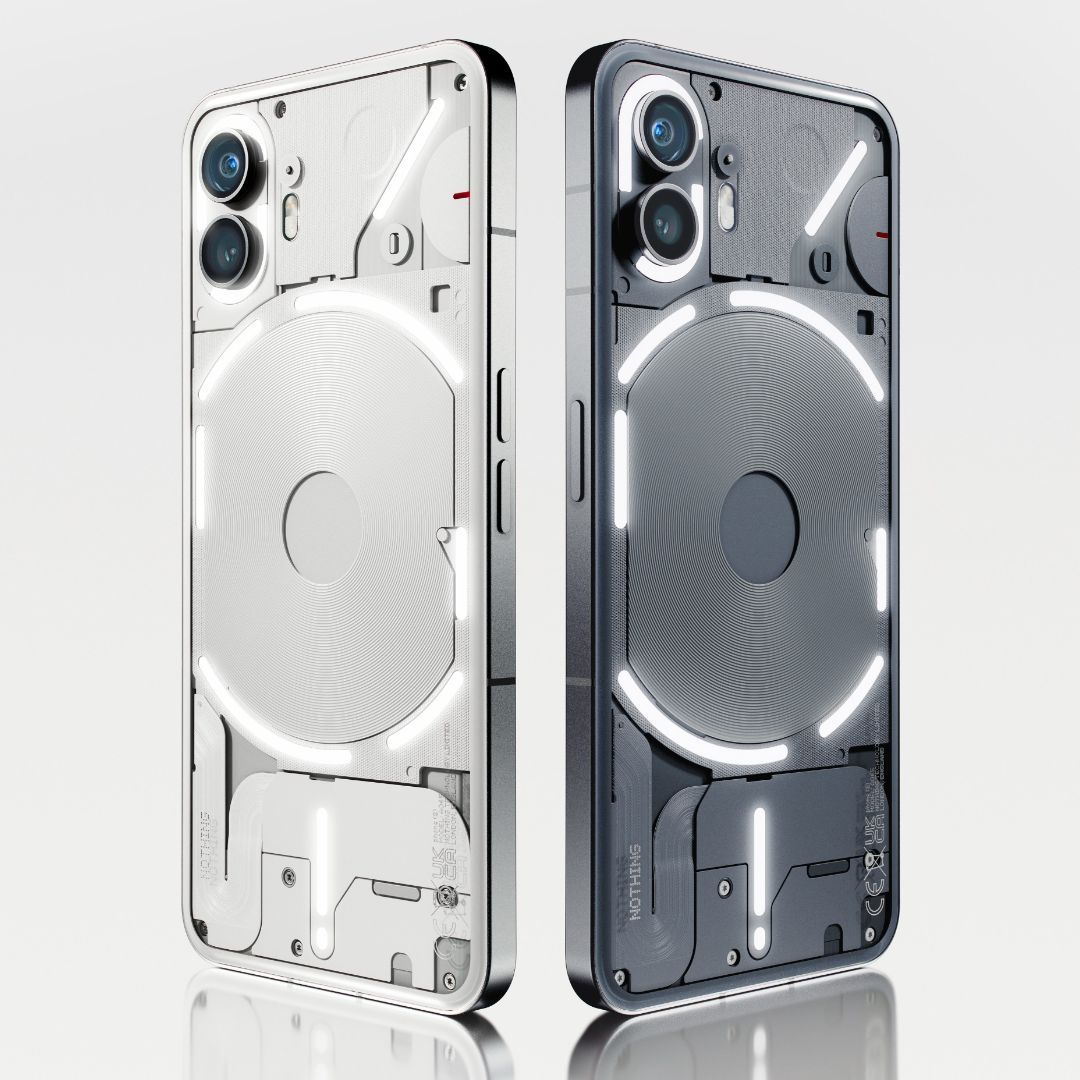
Nothing Phone 2
Lights up your smartphone experience in a whole new way
The Nothing Phone 2 is unlike any other smartphone we’ve ever seen, thanks to its transparent back and fun and useful Glyph lights. The Snapdragon 8+ Gen 1 chipset delivers snappy performance, even for mobile gaming, the screen is vibrant and sharp, and the cameras produce solid results.
- Cool futuristic design
- Glyph lights are fun and useful
- All-day battery life and then some
- Cameras are hit-and-miss
- Not available through carriers
If you’re looking for something completely different in a smartphone design, the Nothing Phone 2 might be it. Like its predecessor, the second-generation Nothing Phone features an aesthetic that’s entirely unique and stands out from the rest of the pack without sacrificing build quality or attention to detail.
That’s thanks to its transparent back and fun Glyph lights that give it a futuristic, cyberpunk style, and play off the textured components under the back panel. However, the lights can also communicate a lot of helpful information, from notifications and timers to charge levels, and even double as fill lights for the rear cameras. You can also customize them to set distinct patterns for your favorite apps.
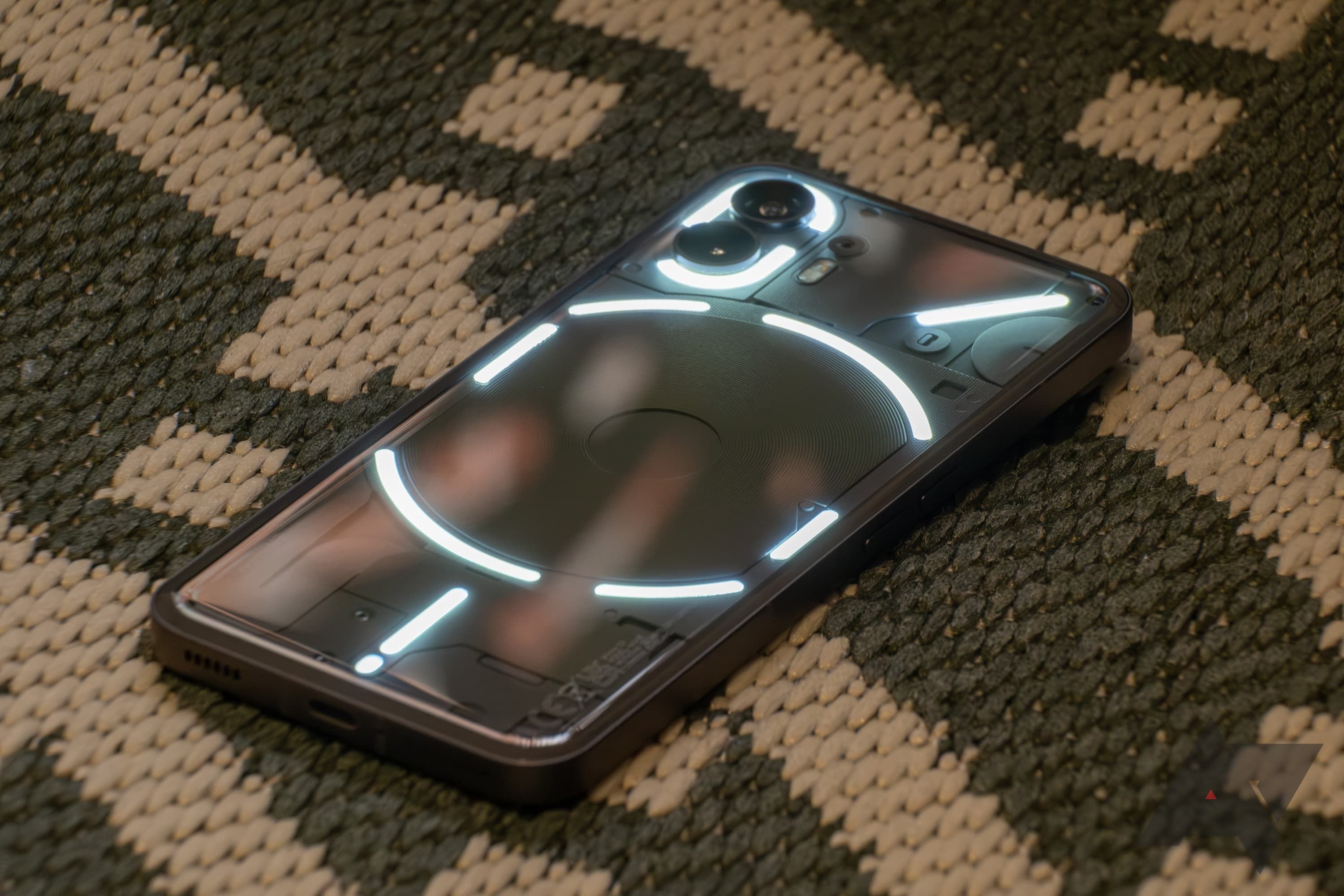
The Nothing Phone 2 isn’t the largest phone on this list, but it still sports a 6.7-inch OLED screen with a full 120Hz dynamic refresh rate and reasonably narrow bezels. It’s vibrant and sharp, with good viewing angles, and looks great with the default monochromatic skin in Nothing OS 2.5, which is designed to complement the phone’s design. However, you’re not obligated to stick with that if you prefer something more colorful.
Under the hood, the Nothing Phone 2 is powered by the 2022 Qualcomm Snapdragon 8+ Gen 1. That’s not a bad thing, as that midterm Qualcomm SoC is surprisingly power efficient and runs pretty cool. We found everyday performance snappy and gaming performance reliable and smooth, provided you’re not trying to push frame rates to the max.
Around the back, the dual-camera system combines a pair of 50-megapixel shooters in the typical primary (wide) and ultrawide configuration. We found it typically took good pictures, holding its own against most others in its price range under optimal conditions. It had sharp detail and better contrast than most — dark shadows and blacks that actually looked black.
Unfortunately, its processing seems to remove some of the detail when shooting high-contrast scenes, and slower shutter speeds in dark settings can make it hard to capture handheld photos.
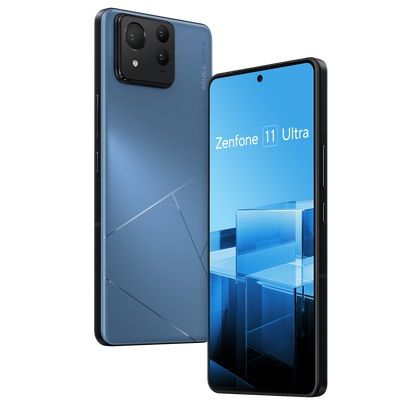
Asus Zenfone 11 Ultra
Big, classy, and premium
Asus’ has decided to go big with its Zenfone 11 Ultra, but there’s more here than just size. It’s a complete flagship with an elegant but understated look that belies its premium specs. Those include a top-tier Snapdragon 8 Gen 3 chip, a robust camera system, and a vibrant high-refresh display.
- Gorgeous and responsive display
- Great performance and battery life
- Surprisingly good cameras
- Slippery back panel
- Cameras struggle in awkward lighting conditions
Asus decided to change its playbook this year and go big or go home with the Zenfone 11 Ultra, a massive piece of kit that’s a stark departure from the company’s tradition of making smaller phones. As tiny as the Zenfone 10 was by today’s standards, the Zenfone 11 Ultra goes in the other direction, being taller and thicker than even the Samsung Galaxy S24 Ultra.
However, Asus has gone with an unassuming design that belies the phone’s larger size, which helps it avoid being ostentatious like their ROG phones. Instead, it looks more elegant and classy in professional shades like Misty Gray, Skyline Blue, or Desert Sand, as long as you can get past the rectangular camera bump and the off-center USB-C port on the bottom.
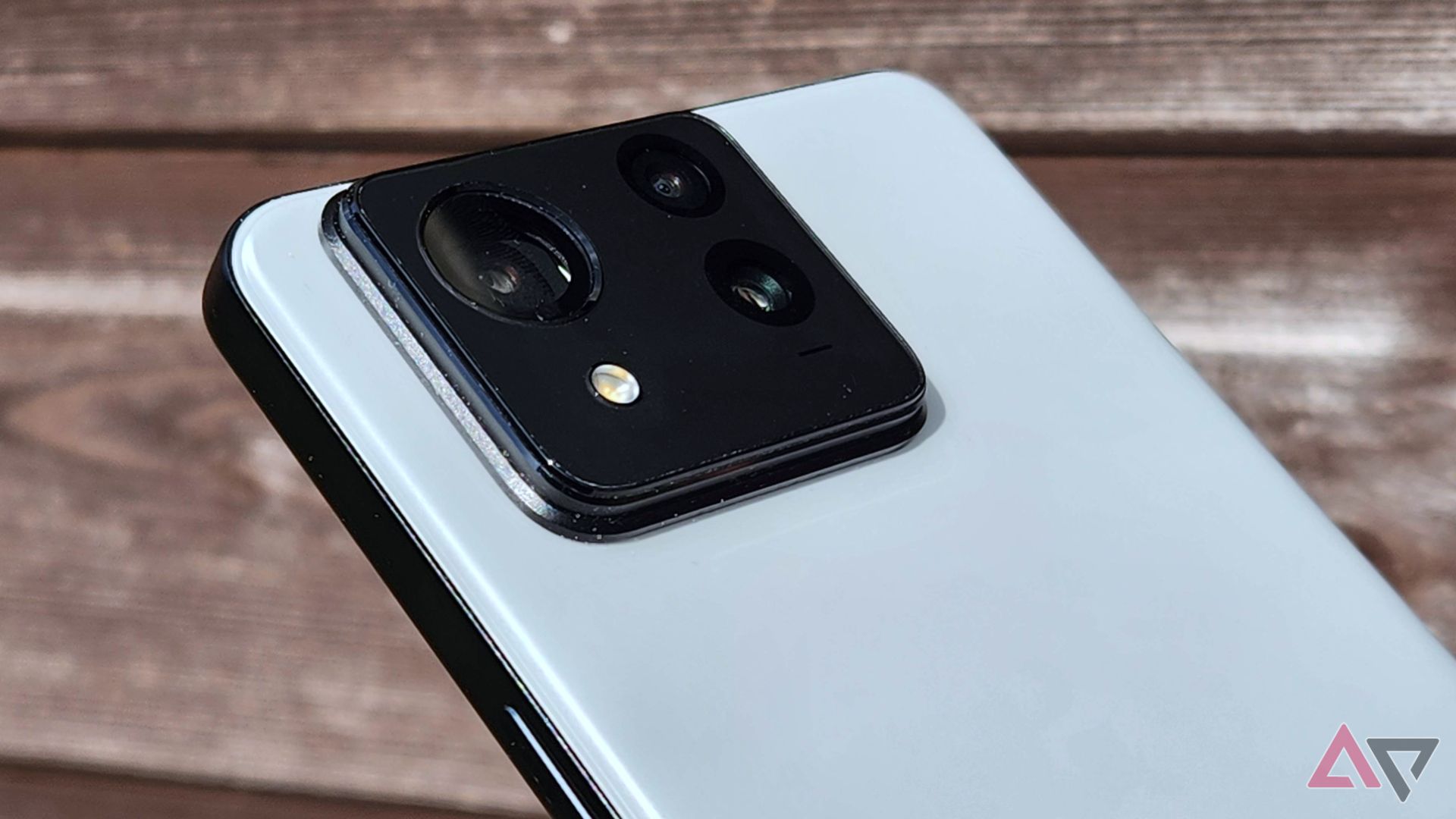
With great size usually comes a great screen, and the Zenfone 11 Ultra doesn’t disappoint. The 6.78-inch LTPO AMOLED display has a 120Hz refresh rate that, in classic Asus style, can go up to 144Hz, along with HDR10 support and 2,500 nits of peak brightness. However, we found it also got dim enough not to sear our eyeballs when used in a dark room.
Despite the Asus brand, the Zenfone 11 Ultra isn’t specifically a gaming phone, but it does have the Snapdragon 8 Gen 3 chip and a generous 16GB of RAM, so you’ll have no problem playing anything on the Play Store — we ran demanding games for over three hours without even a hint of throttling or excessive heat.
Asus has also brought over a few of its gaming features from its ROG lineup to help you keep an eye on stats like temperature, clock speed, and battery, plus macros and screen recording.
Asus worked hard with the ROG Phone 8 Pro to prove that gaming phones can still have robust camera systems. The Zenfone 11 Ultra adopts the same configuration the company pioneered for that gaming model, resulting in solid photographic performance for a phone in its class. In daytime lighting, it delivers natural and balanced photos that have good contrast and don’t feel overly sharpened or processed.
Still, we found the dynamic range wasn’t always consistent, with the highlights sometimes being blown out, and the portrait mode feature was similarly lacking. Evening shots also tended to produce photos that were merely okay.
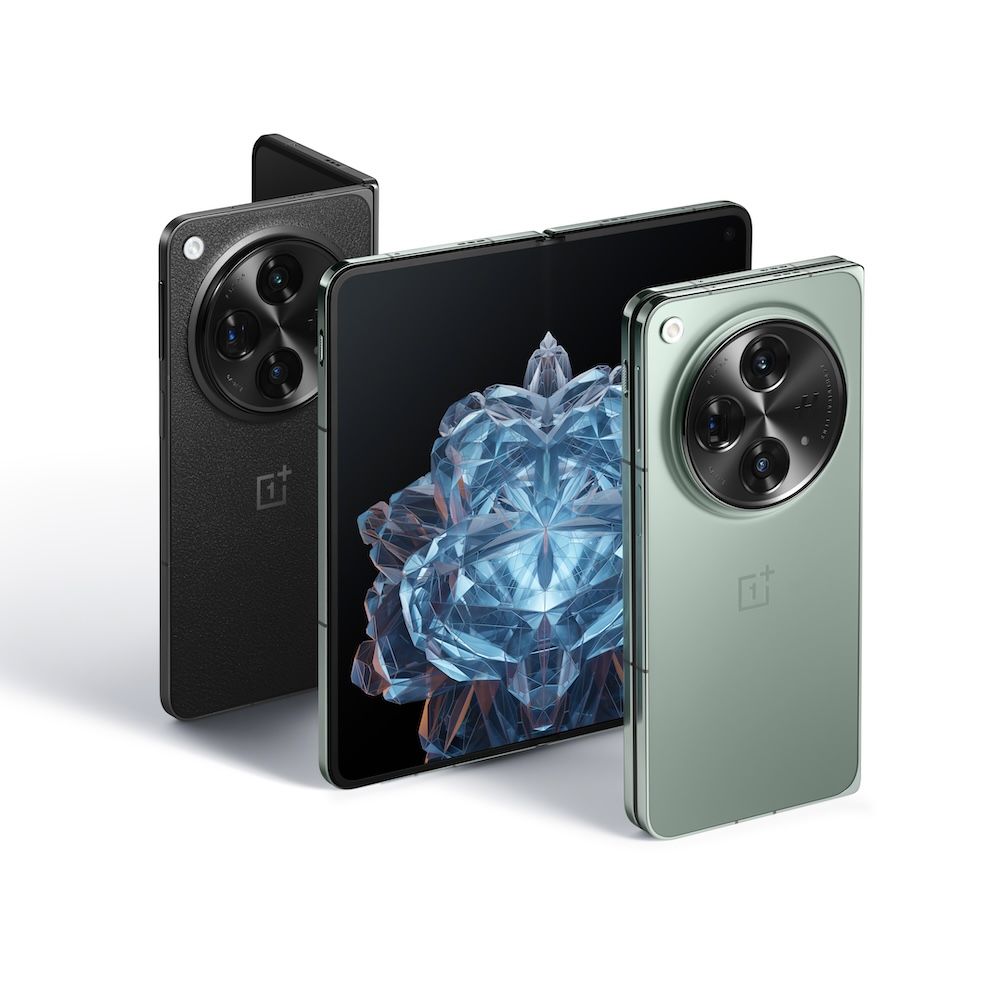
OnePlus Open
Everything a foldable should be
OnePlus has hit it out of the park with its first foldable, raising the bar for what a foldable should be. The design is lightweight, the cover screen is roomy and bright, the inside crease is nearly invisible, and the Hasselblad-tuned triple-camera system is the best we’ve seen on any foldable.
- Excellent battery life and performance
- Big screen is very customizable
- Great camera by foldable standards
- OxygenOS isn’t quite ready for prime time
- Lacks wireless charging
If choosing a big phone means getting the most screen real estate possible, then a foldable phone is hard to beat, and the OnePlus Open provides an ideal balance of design, screen quality, and camera features. It was the enthusiast brand’s first entry into the space, but it came out swinging hard and produced a phone that set a new standard for what foldable phones should be.
The design remains unmistakably OnePlus, including the round camera array on the back with the subtle Hasselblad logo etched in. As with any foldable, it’s much thicker when closed, but that’s worth the trade-off when you open it up and see the expansive 7.82-inch AMOLED screen on the inside with its anti-reflective coating and — miraculously — a crease that’s nearly invisible.
You’ll have no problem seeing it in daylight, and the outer 6.3-inch display also offers the same specs as the main screen, plus an aspect ratio that makes it feel more like you’re using a regular smartphone — a refreshing change from the narrower cover screens found on Samsung’s foldables.
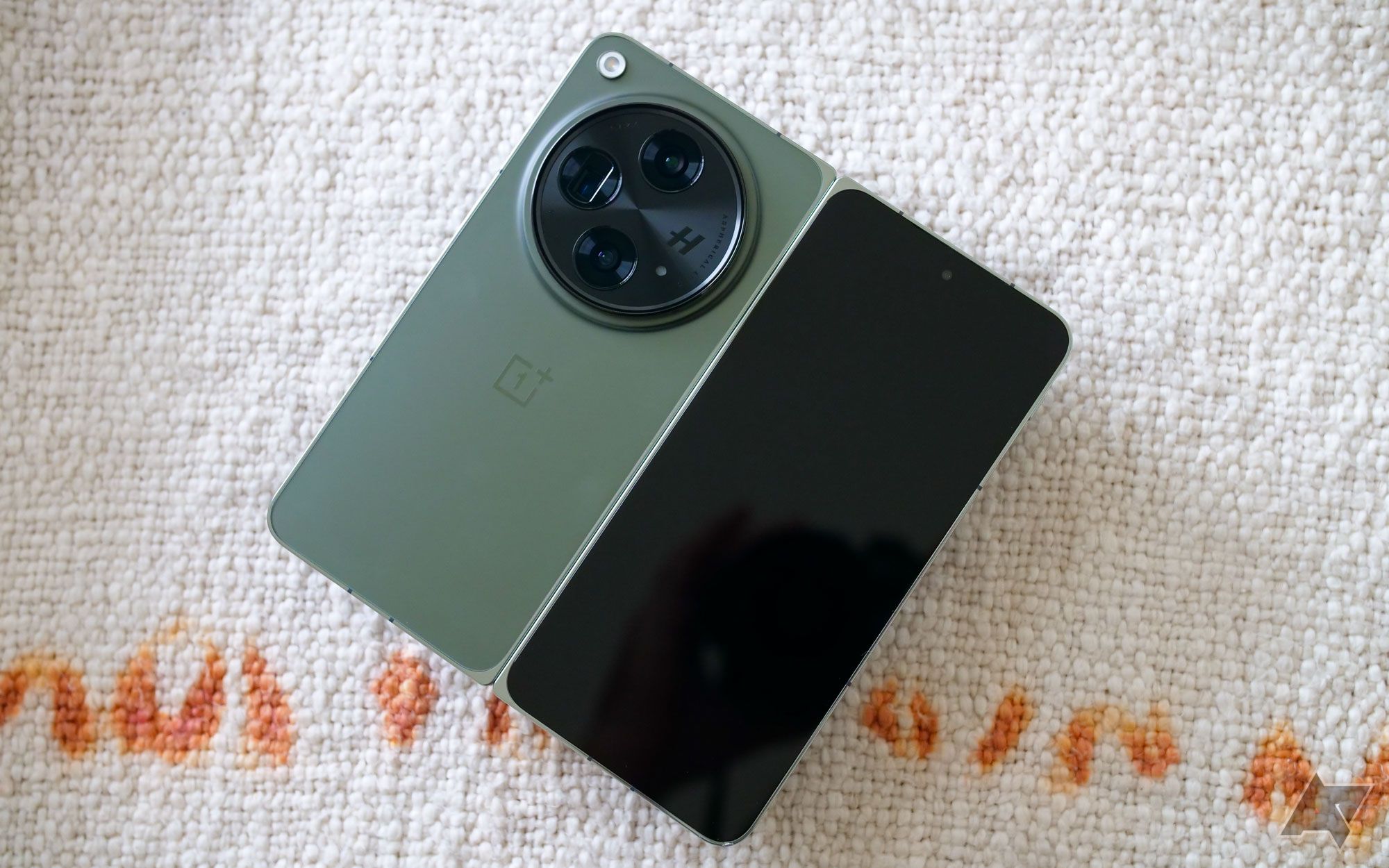
The hinge on the OnePlus Open is more of a mixed bag. Although we found it felt durable and easy to open, and it closes entirely flat with no gaps, it didn’t open fully flat without applying some pressure and had a hard time staying put at the angles we liked, likely due to a combination of the springy hinge and weighty camera bump.
The OnePlus Open also offers some of the best cameras you’ll find on a foldable, since it has the same signature Hasselblad tuning as its non-foldable flagship. There’s no heavy AI processing here, and we found the phone captured pictures that looked very true-to-life, with only a gentle touch of refinement from the Hasselblad color science algorithms.
It also shouldn’t be a surprise that the OnePlus Open matches the rest of the family in delivering excellent battery life and ultrafast charging. It’s the longest-lasting foldable on the market right now, easily getting you through a full day and then some, with 67W wired charging to top you back up quickly in the event that you do run out of juice.
The catch is there’s no wireless charging at all. Thankfully, the excellent battery life means you won’t need to carry a charger around, but you’ll still have to plug it in at night.
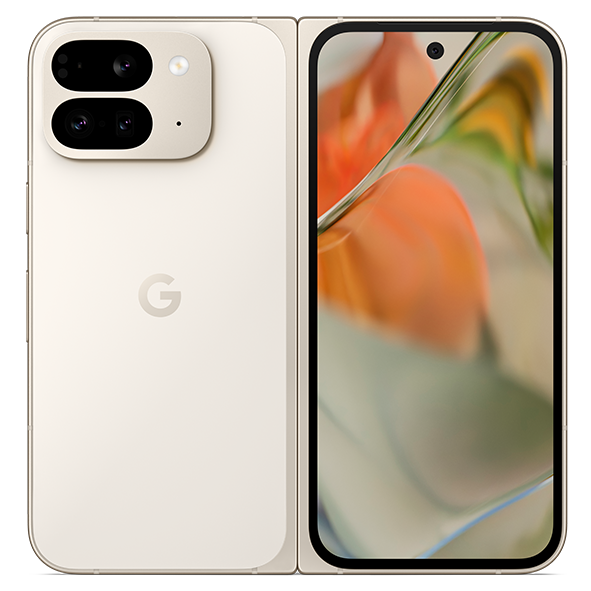
Google Pixel 9 Pro Fold
Foldable goodness with a dash of AI
Google’s latest foldable, the Pixel 9 Pro Fold, replaces the 2023 Pixel Fold, starting at $1,800. It features a larger 8-inch Super Actua inner display, a 6.3-inch outer display, and is powered by the new Tensor G4 chip with 16GB of RAM and Titan M2 security. It’s now available in more countries, including Canada, India, and Australia.
- Thinner, lighter, prettier
- Clean software
- Excellent display
- Cameras don’t match up to the regular models
- Lackluster multitasking
- Pricey
A thorough refresh of the original Pixel Fold, this year’s model brings all the same enhancements to build quality and construction as the regular Pixel 9 Pro. The phone looks and feels as premium as it gets, and sports a gorgeous 6.3-inch outer display accompanied by a large 8-inch inner display. Between the reworked hinge and more accessible shape, the Pixel 9 Pro Fold comes across as a multi-generational upgrade.
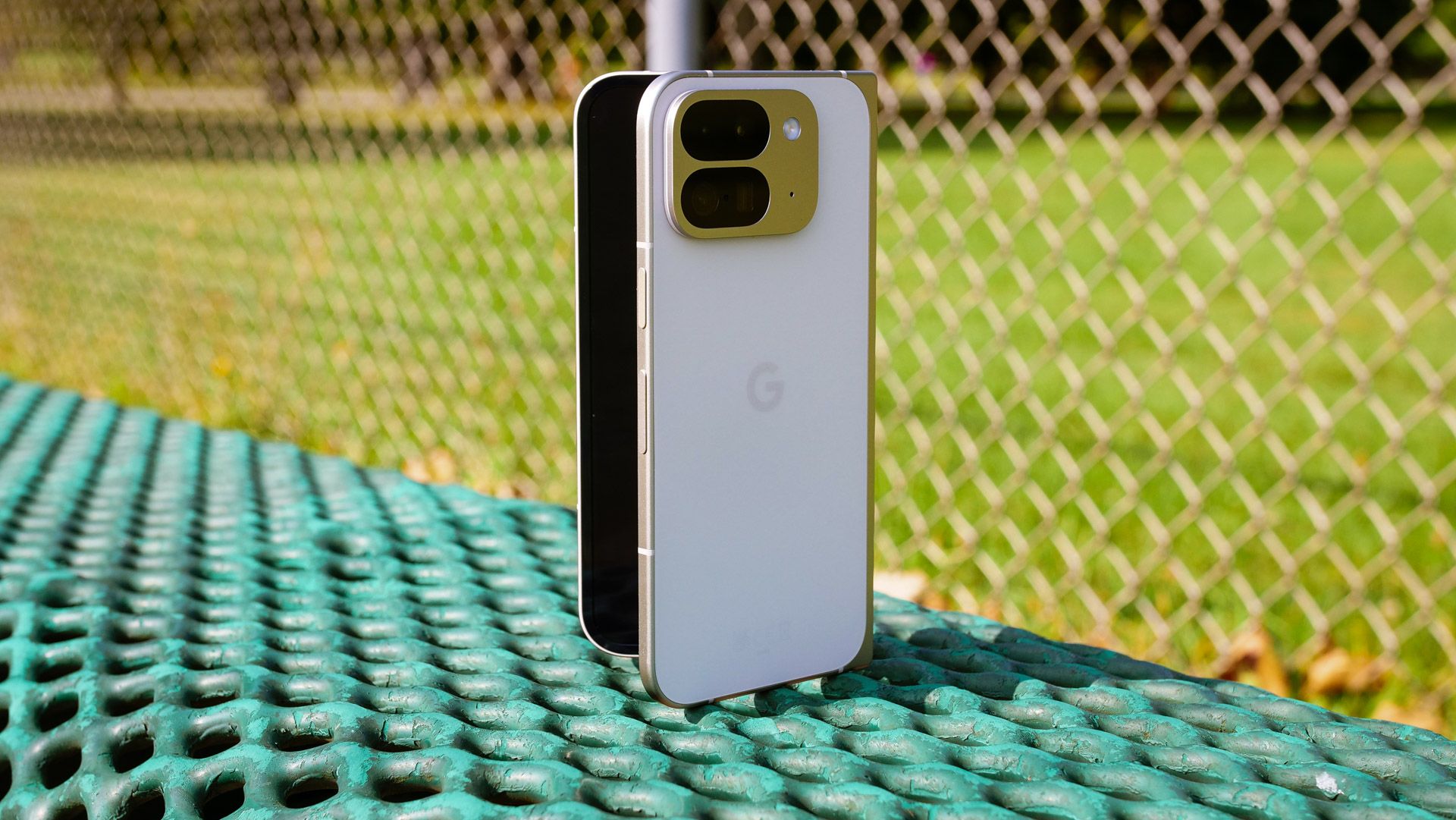
While the hardware got a massive upgrade, the software on the Pixel 9 Pro Fold isn’t quite as polished as the competition. Multitasking is limited to just two apps, but at least you can now quickly transition from the main display to the cover display with ease.
Elsewhere, performance gets a decent upgrade with the Tensor G4 chipset. However, the biggest upgrades lie in the thermals and battery department. The phone runs significantly cooler than the original Pixel Fold and can deliver all-day battery life thanks to better efficiency.
If top-tier imaging is your priority, the Pixel 9 Pro Fold might not be your best bet. The smaller sensors mean that picture quality takes a nose dive in low light conditions. However, that’s more a problem with foldable smartphones than the Pixel 9 Pro Fold in general. Despite all that, the Pixel 9 Pro Fold presents itself as a very good option if you value the Pixel software experience and long-term support.
Make the best of a big phone
The market is flooded with plus-sized Android phones, but a bigger screen doesn’t always guarantee a better experience. Slapping a large display on a phone is easy; making it high-quality and pairing it with top-tier specs is another story.
That’s not to say every big-screen phone needs to be a flagship. If you’re shopping on a budget, there are plenty of decent options with 6.7-inch or larger screens for under $500. However, stretching your budget slightly can unlock more power and polish, giving you a better all-around experience.
Take the OnePlus 12, for example. It offers incredible value, packing the same Snapdragon 8 Gen 3 chip found in the Galaxy S24 Ultra, but at nearly half the price. You’ll also get a stunning display, a capable camera system, and superfast charging, making it an excellent choice for those who want performance without breaking the bank.
For a more balanced experience, Google’s Pixel 9 Pro XL stands out. It delivers best-in-class camera performance, a much-improved Tensor G4 chip that combines AI smarts with raw power, improved thermals and better battery life. Whether you’re gaming or multitasking, it handles everything effortlessly, all while keeping battery life in check. Plus, with seven years of Android updates, it’s a long-term investment.
At the top of the ladder is Samsung’s Galaxy S24 Ultra, a phone that embodies premium. Its vibrant display, sleek flat design, and durable titanium frame exude sophistication. The advanced camera setup covers a wide range of shooting scenarios, and the Snapdragon 8 Gen 3 for Galaxy ensures future-proof performance. Like the Pixel 9 Pro XL, it also comes with seven years of software updates, making it a powerhouse that’s built to last.

Google Pixel 9 Pro XL
The Pixel 9 Pro XL has a new name, but it fills the same slot as 2023’s Pixel 8 Pro, having similar specs with roughly the same footprint. The non-XL Pixel 9 Pro is new to the lineup as a smaller premium flagship offering. With the 9 Pro XL, however, you get Google’s fastest charging, a bigger screen and battery, and all of the camera and Gemini AI smarts you’d get in the smaller 9 Pro.



